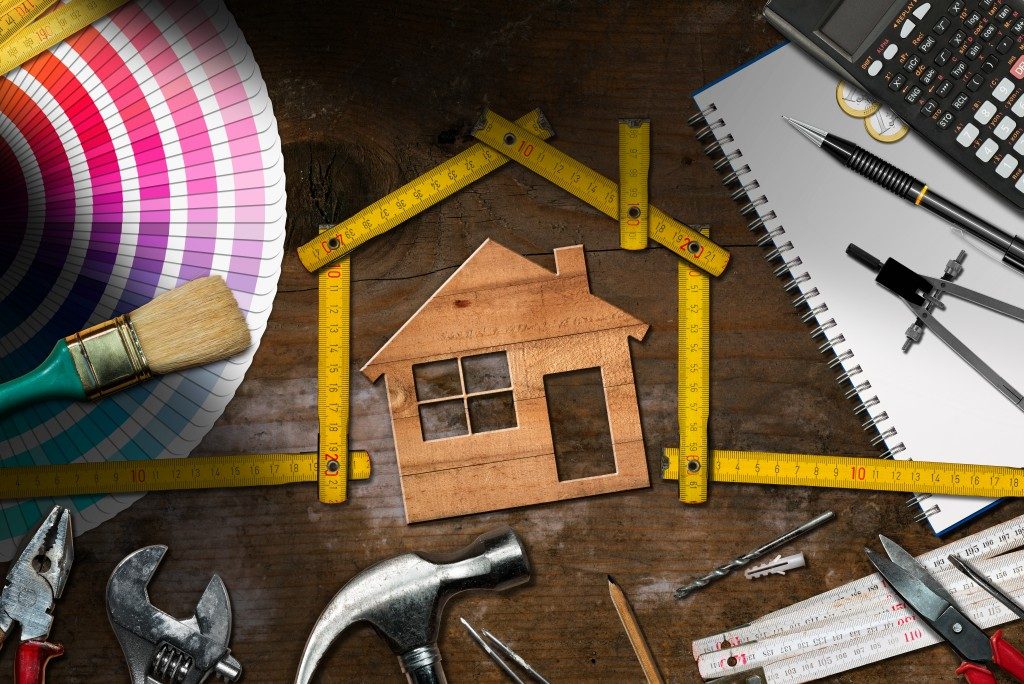Have you ever watched an episode of MTV Cribs? The show where celebrities show off their more-than-humble abode? All lavish, all huge, every corner leaving you slack-jawed in awe. Well, that’s not what people are going for now that the tiny-house movement has come along. There’s always something fascinating with tiny houses. They tend to be bigger on the inside (in a sense) than it is on the outside. You can imagine the TARDIS, from the long-running UK sci-fi show Doctor Who if it’s just a static, modern-style cabin with hardwood flooring in the middle of the woods.
Tiny homes redefine what the American Dream means today—for better or for worse. Here’s what you need to know about the very space-saving movement.
State policies affect the movement
Various states in the country offer different opinions on tiny homes. According to tiny-homes advocate American Tiny House Organization (AHTA) there are just a few legal places to live inside a tiny home. If you’re building a tiny house on wheels, then registered as a recreational vehicle or RV, you just need to find a place to park your car and cabin. Private properties and local RV parks are good places to station your RV. On the other hand, if you’ve made a tiny house on a foundation, it’s legally considered as an accessory dwelling unit (ADU). It’s directly affected by your state’s zoning and building regulations; it can’t be considered as the main house but as the secondary one.

It’s not as affordable as it seems
Tiny houses aren’t as cheap as they’re supposed to be. Considering how inefficient it is when it comes to land use, a tiny house inside a huge lot isn’t exactly the most affordable housing possible. The average tiny house costs around $30,000 to $40,000. The highest it can cost is around $180,000.
If you’re thinking of building your own tiny home—whether it’s an RV or an ADU—may cost you upwards $65,000 because of the building materials, the furniture and fixtures you need. Not only that, constructing your own tiny home isn’t always such a good idea. As it’s a very specialist-level kind of house, it’s best to put your money on contractors than in your own hands. Otherwise, the mistakes and delays you make will only make the price tag go higher.
A Potential for Housing Assistance
Despite the state policies that mar the progress of the tiny house movement, there lies a potential for it to become a home for the homeless. While all over the country this movement is seen as a novelty idea, in Seattle, wooden tiny homes have been used as a quick and cheap solution to homelessness. It’s a pragmatic approach to housing the homeless, according to The Guardian’s Paul Lewis, despite being only a band-aid solution. If properly implemented and not treated as a substandard housing category by the government, they could house the homeless and create new communities.
All in all, there’s still an apparent appeal to tiny houses. Each part of one feels like a modular puzzle, letting you move each piece to another place until further notice. Right now, its future hangs in the balance, with zoning and building laws making it difficult to make one. However, as previously said, there’s a potential for it as a home for the homeless. The new decade has just begun; will the tiny-house movement push through? Or will it still be an accessory on a huge parcel of land?

